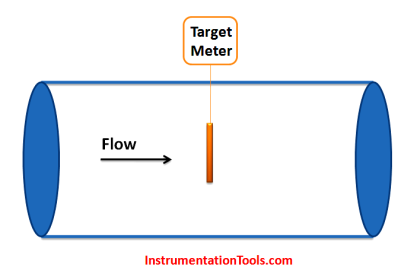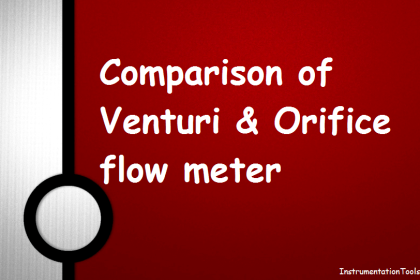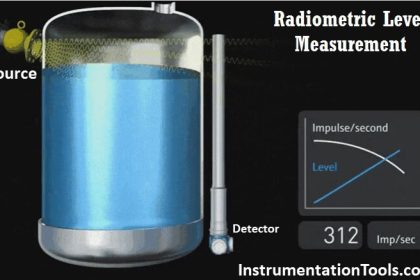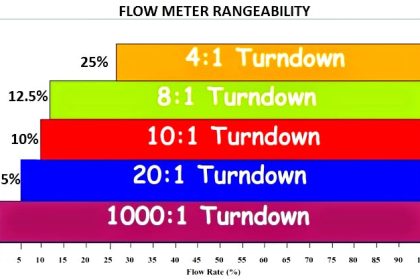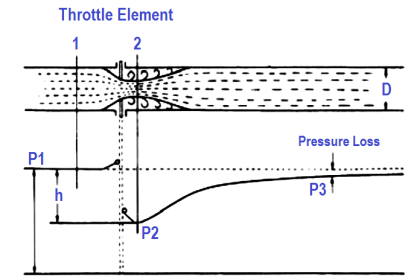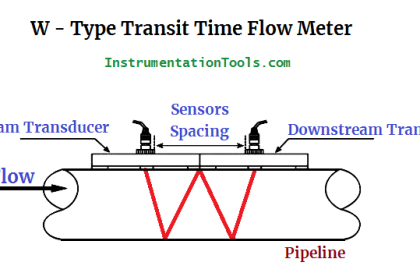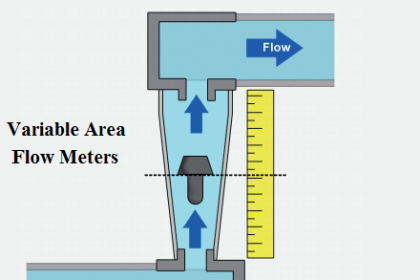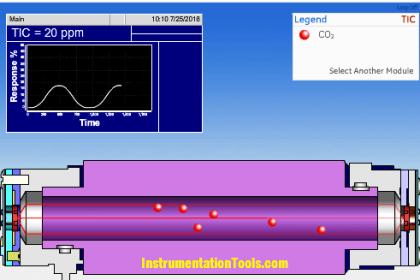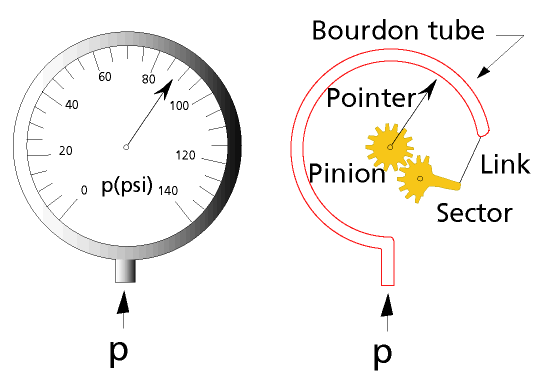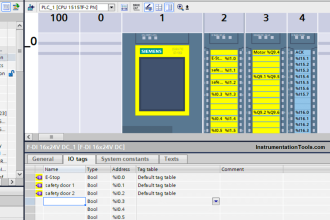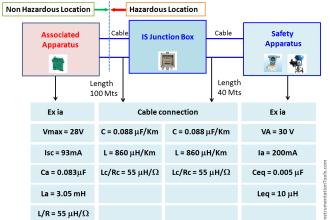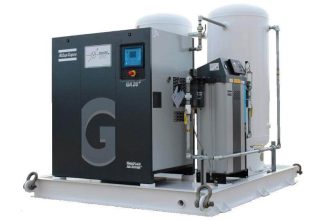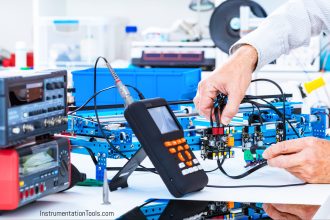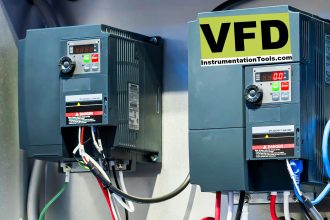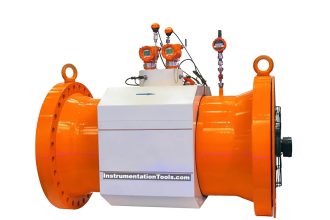Piston flow meters are ideal for low-viscosity fluids due to the tight tolerances & fits they use.
However, due to these tight fits, clean fluid must be used (or filters put in place) as a particle getting trapped can actually block flow. They operate by a piston moving within a chamber of known volume.
Piston Flow Meters
When fluid passes into this chamber, the piston displaces an exact volume of liquid. Piston meters are great for low-volume flow measurements.
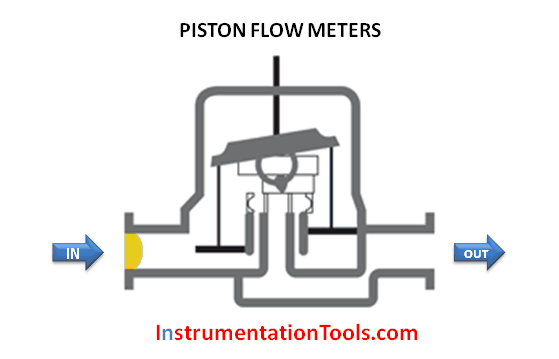
Credits: hytekflowmeters.com
Piston Flow Meters offer the highest accuracy and measure the lowest flow rates of any meter. These precision meters are suitable for all low-viscosity liquids.
If you liked this article, then please subscribe to our YouTube Channel for Instrumentation, Electrical, PLC, and SCADA video tutorials.
You can also follow us on Facebook and Twitter to receive daily updates.
Read Next:
- What is Dead Weight Tester?
- Transit Time Flow Meter
- McLeod Gauge Principle
- Nutating Disc Flow Meters
- Velocimetry Meter Principle
